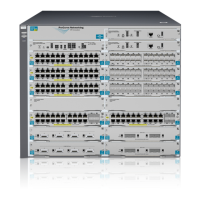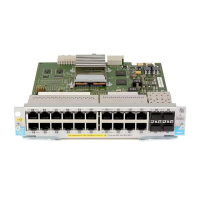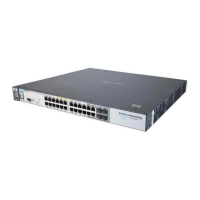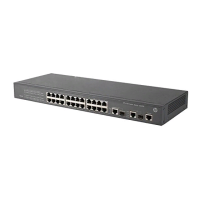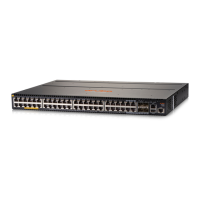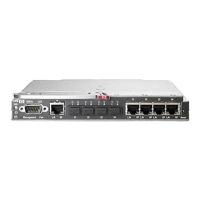120 Theory of operation ENWW
This control system is divided into the following five controls.
● Initial rotation temperature control: Prevents damage to the fuser sleeve unit when the
power switch is turned on. The CPU turns on the fuser heater before it drives the feed motor
when the temperature of the heater is below 55° C (131° F) on switch-on (detected by TH2). It
drives the motor after the fuser heater is left on for the prescribed time period.
● Start-up temperature control: Determines the initial temperature of the fuser heater
according to its temperature when energized (detected by TH2). When the heater is energized
within 30 seconds after completion of a print, the previous printing temperature is the start-up
temperature.
● Print temperature control: Maintains the fuser heater in the printer at the target temperature.
The CPU raises the target temperature in stages in one sprinting process to prevent the fuser
sleeve temperature from falling as the paper goes through. During printing of multiple pages,
the target temperature also varies in stages depending on the number of pages printed.
● Between-sheets temperature control: Keeps the temperature of the fuser heater lower than
the target temperature during continuous printing. This prevents the temperature rise of the
fuser sleeve between sheets. The between-sheets temperature varies depending on the paper
feed speed and the kind of paper being printed.
● Throughput control: Prevents both ends of the fuser sleeve unit from overheating during
continuous printing of narrow paper. For a continuous printing, this control decreases the
throughput to slow down the paper pickup speed when the temperature of the sub thermistor
reads over 260° C (500° F) and the paper width is narrower than 210 mm (8.27 inches).
Flicker prevention
The flicker prevention mechanism prevents flicker when the user’s printer is connected to the
same AC line as other lighting fixtures. Because the printer’s heater drive circuit uses a triac for
switching AC, flicker can occur when the voltage in the AC line falls due to a user connecting a
printer to the same AC line as other lighting fixtures, increasing the amount of current passing
through the heater.
To prevent flicker, this printer uses a zero crossing circuit to monitor the voltage of the AC line. The
CPU monitors the ZERO CROSSING DETECTION signal (ZEROX) to optimize the timing of
energizing the heater.
Protective function
The CPU, fuser heater safety circuit, and thermoswitch prevent overheating of the fuser by
interrupting the current to the heater.
The abnormal temperature rise is prevented by the following parts:
1 CPU
2 Fuser heater safety circuit
3 Thermoswitch
The function of each part is described as follows:
● CPU: The CPU monitors the output voltages of the main and sub thermistors (MAINTH,
SUBTH). If the MAINTH voltage goes below approximately 0.92 V (230° C, 446° F) or the
SUBTH voltage exceeds approximately 2.8 V (280° C, 536° F), the CPU judges the fuser
faulty and initiates the following steps.
a. The CPU sets the FUSER HEATER DRIVE signal (FSRD) to stop “L” via ASIC and turns off
the heater.
b. The CPU sets the RELAY DRIVE signal (RLD) to stop (“H”).
c. The fuser heater safety circuit turns the RELAY DRIVE signal (RLD-) to stop (“H”).
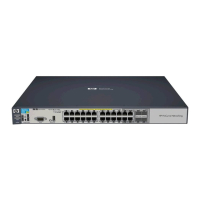
